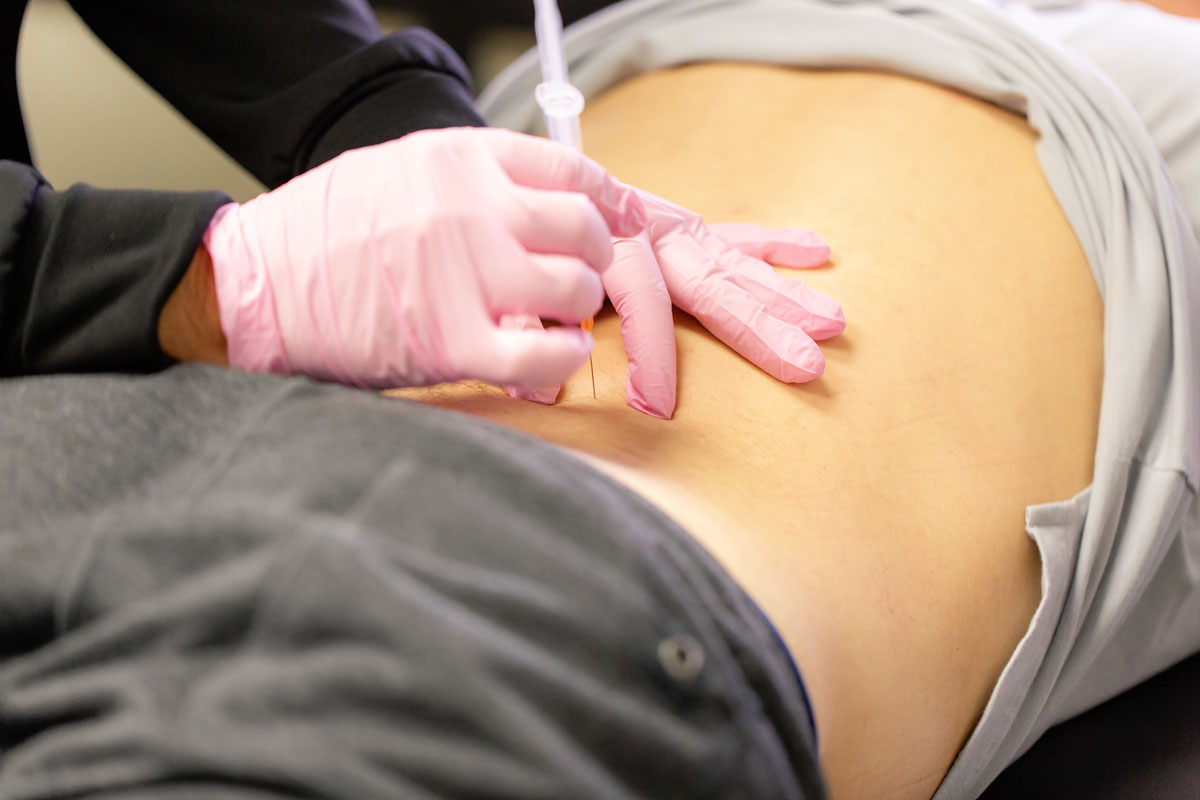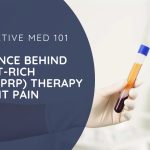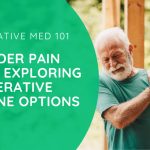
What is regenerative medicine?

Studies have found that regenerative medicine holds great promise for restoring lost function due to age, illness, injury, or disease. That’s why it’s a key part of our approach to treating a wide range of pain conditions, including chronic back pain, shoulder and knee pain.
Regenerative medicine treatments we use in our clinic include:
- Platelet-rich plasma (PRP) therapy: a procedure that injects the patient's blood platelets into the affected area or joint in your back to stimulate healing and reduce inflammation.
- Prolotherapy: a regenerative medicine that uses a nutrient solution injected into the afflicted area of your back to stimulate tissue growth and reduce pain.
- Tissue Allograft therapy: a procedure that involves injecting umbilical cord-derived Wharton’s Jelly into the needed area. The injection encourages tissue regeneration and relieves back pain.
- Ozone therapy: pure, medical-grade ozone stimulates cellular metabolism and promotes cellular rejuvenation, enhancing the body's natural healing abilities.
These alternatives to conventional medicine offer a holistic approach to back pain treatment, targeting the root cause of the issue rather than just masking the symptoms. By promoting tissue growth and reducing inflammation, regenerative medicine is useful for providing long-lasting relief and regaining mobility. These treatments can also help avoid the need for invasive surgeries or long-term reliance on pain medications.
What Back Conditions Can Regenerative Medicine Treat?
We use regenerative medicine to treat any number of back conditions, such as:
- Lumbar or low back degenerative joint disease (facet)
- Cervical or neck degenerative joint disease (facet)
- Peripheral neuropathy (numbness, tingling, or burning of the legs and feet)
- Ligament or tendon tears
- Tendonitis
- Back pain resulting from soft tissue damage
- Wear and tear injuries
- Arthritis
Even if you don't see your condition listed here, regenerative medicine might still be an option for you. Scheduling a consultation is the perfect opportunity for us to learn more about you and your concerns and determine if regenerative medicine might be the answer you've been looking for. More often than not, we find that most patients who come to us after being recommended for back surgery will not need it— regenerative medicine alongside other integrative therapies does the trick.
Exercise can Enhance your Regenerative Medicine Treatments
Typically, regenerative medicine will be just one component of your treatment plan. Our integrated team of healthcare professionals will work together to develop an extensive treatment strategy to enhance the effects of your therapies. If you are recommended regenerative medicine, you'll likely be prescribed an exercise plan alongside it to help support your regenerative medicine treatments. Why? Just like regenerative medicine, exercise helps your body grow healthier and stronger.
Regular physical activity improves circulation, promotes tissue healing, and strengthens the muscles that support the spine and treatment area. By incorporating targeted exercises into a regenerative medicine treatment plan, patients can accelerate their recovery and the effectiveness of treatments. These exercises may include low-impact activities such as:
- Walking
- Swimming
- Cycling
- Rehabilitative stretching
- Strength training

Many of our clients spend years seeking relief from doctors or even orthopedic surgeons, only to fail. Fortunately, noninvasive regenerative medicine techniques can offer some back pain sufferers long-lasting relief. We've successfully treated patients with arthritis and degenerative joint disease for over two decades. We have been incorporating regenerative medicine into our practice for the past seven years to safely treat chronic pain conditions with amazing results.
If you are ready to finally be free of your chronic back pain, let’s talk. Schedule a consultation in our office today, and let’s get you on the road to recovery.


